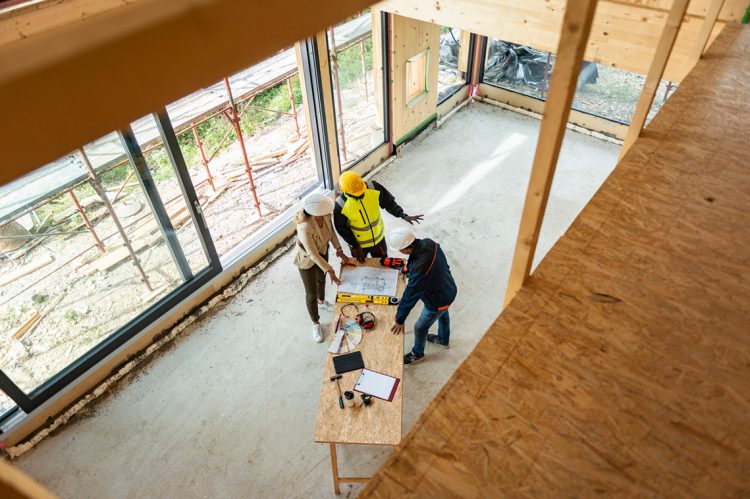Homebuilders entered 2023 on a high note as new data from the National Association of Home Builders (NAHB) shows that the modest declines in interest rates helped snap a 12-month lull in sentiment.
In its latest NAHB/Wells Fargo Housing Market Index (HMI), the index showed builder confidence in the market for newly-built single-family homes rose four points to 35 in January.
While this breaks from the past year of index declines, NAHB experts suggest that the overall sentiment is still in “bearish territory” as builders still struggle with higher construction costs, affordability challenges and supply chain disruptions.
Key findings:
- All three HMI indices posted gains in January—the first time since December 2021.
- The HMI index gauging current sales conditions in January rose four points to 40, while the measurement tracking sales expectations for the next six months increased two points to 37.
- The gauge measuring the traffic of prospective buyers increased by three points to 23.
- Looking at the three-month moving averages for regional HMI scores, the West registered a one-point gain to 27, the South held steady at 36, the Northeast fell four points to 33 and the Midwest dropped two points to 32.
The takeaway:
“It appears the low point for builder sentiment in this cycle was registered in December, even as many builders continue to use a variety of incentives, including price reductions, to bolster sales,” said NAHB Chairman Jerry Konter, a home builder and developer from Savannah, Georgia. “The rise in builder sentiment also means that cycle lows for permits and starts are likely near, and a rebound for home building could be underway later in 2023.”
“While NAHB is forecasting a decline for single-family starts this year compared to 2022, it appears a turning point for housing lies ahead,” said NAHB Chief Economist Robert Dietz. “In the coming quarters, single-family home building will rise off of cycle lows as mortgage rates are expected to trend lower and boost housing affordability. Improved housing affordability will increase housing demand as the nation grapples with a structural housing deficit of 1.5 million units.”












